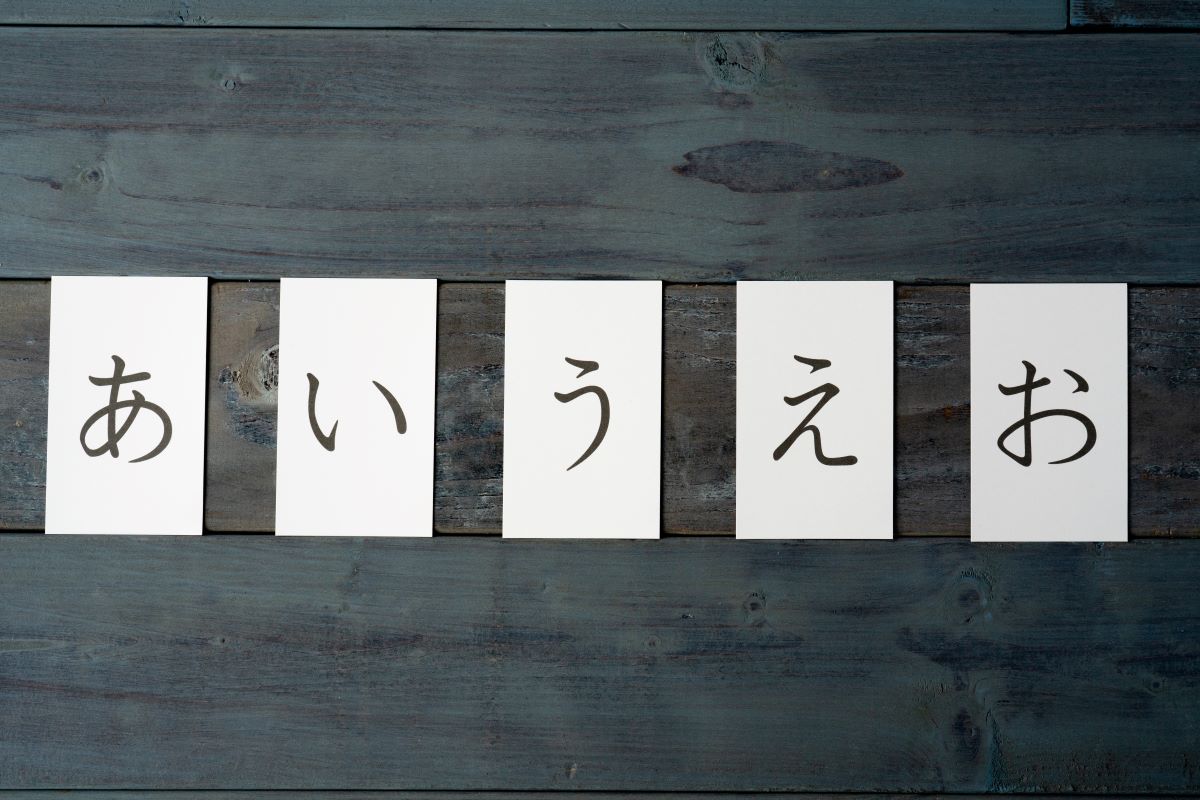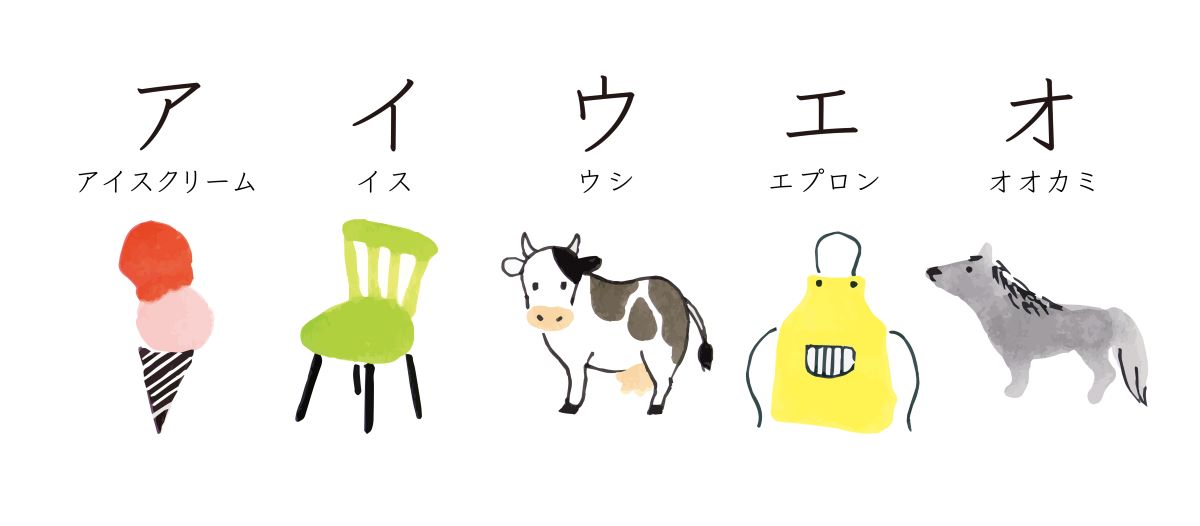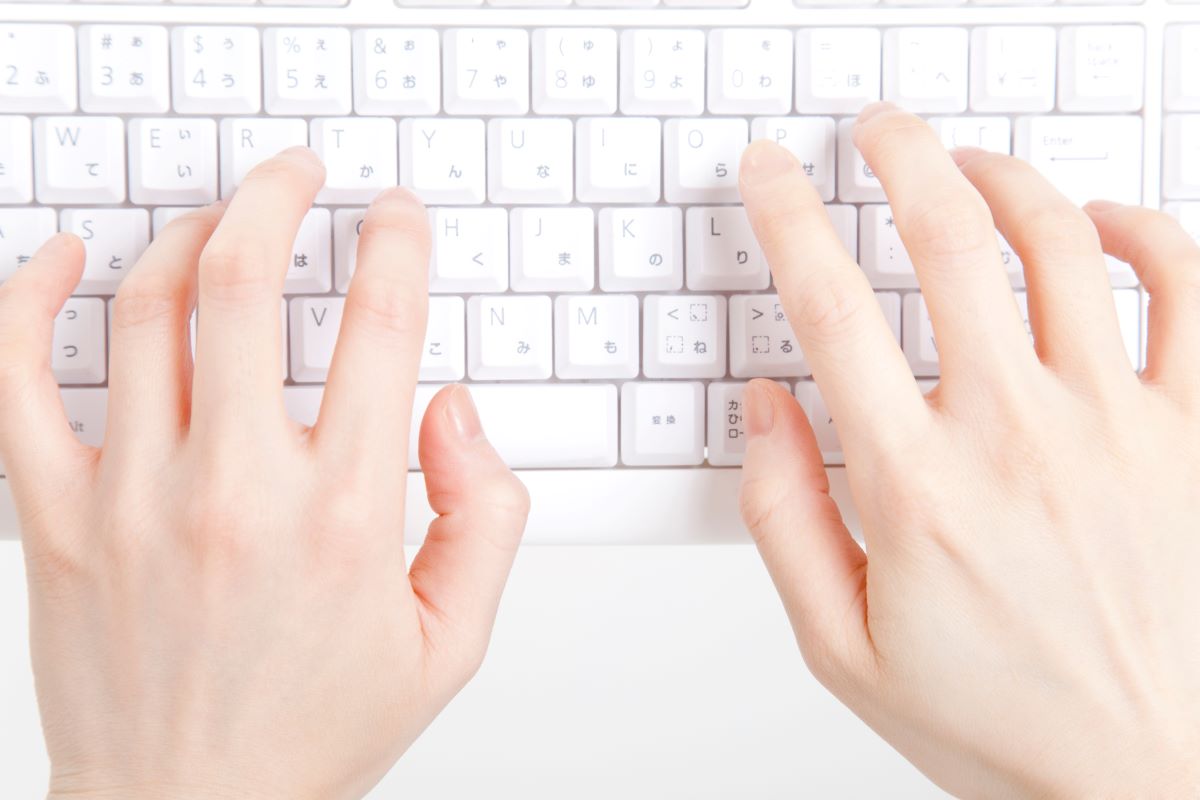Katakana is one of the three types of characters used in the Japanese writing system (hiragana, katakana, and kanji). Katakana, like hiragana, are characters that represent syllables. Although katakana are used less frequently than hiragana, they must be learned in order to master the Japanese language.
In this post, all katakana will be introduced and explained. If you have not yet learned hiragana, we recommend that you learn hiragana first.

Why hiragana and katakana were born
Japan had no characters until Chinese characters were introduced from China in the 4th century. Thereafter, until around the 8th century, only kanji were used, but kanji were complicated and inconvenient because there were multiple kanji that represented the same sound. Hiragana and katakana were born as characters that could be easily written and used to represent sounds.
Hiragana and katakana were born at about the same time, but they were used for different purposes. Hiragana was mainly used for stories, waka poems, and other art forms, while katakana was used for academic purposes. Although the usages have changed over time, both hiragana and katakana continue to be used to this day. Today, katakana has three main uses
- To represent Gairaigo (loanwords)
・Nouns borrowed from foreign countries such as “スマートフォン (smartphone)” and “レストラン (restaurant)”
・Foreign countries names such as “アメリカ (America)” and “ベトナム (Vietnam)” except for countries which use Chinese characters
・Foreign city names such as “ロンドン (London)” and “ローマ (Rome)”
・Foreign peoples names such as “ジョーバイデン (Joe Biden)” except for Chinese characters name - To represent onomatopoeia
・Animal sounds such as “ワンワン (bow-wow)” and “ニャンニャン (meow-meow)”
・Weather and nature sounds such as “ザーザー (heavy rain)” and “ゴロゴロ (thundering)”
・Sounds of objects such as “カチッ (clicks)” and “ブーン (buzzes)”
・Onomatopoeic words such as “ドキドキ (emotional feelings)” and “キラキラ (eyes and jewels shining)” - To emphasize words
To make it stand out in the text or create an academic impression
Gairaigo are almost always written in katakana with few exceptions, while the usages 2 and 3 mentioned above have many exceptions and no clear rules, so hiragana and kanji are often used as well. Therefore, if you are unfamiliar with them, you should not worry too much about 2 and 3, and just remember that Gairaigo are written in katakana.
How to remember katakana
Katakana is paired with hiragana, and the sound and number of characters are the same as hiragana. Therefore, it is recommended to learn hiragana first, and then learn its counterpart, katakana.
50音 (Goju-on)
Like hiragana, the basic set of katakana is called Goju-on. The number of characters is 46, including “ん” named Hatsu-on. The table below shows katakana, its counterpart hiragana, and the English alphabet representing the sounds.
| ア あ a | イ い i | ウ う u | エ え e | オ お o |
| カ か ka | キ き ki | ク く ku | ケ け ke | コ こ ko |
| サ さ sa | シ し shi | ス す su | セ せ se | ソ そ so |
| タ た ta | チ ち chi | ツ つ tsu | テ て te | ト と to |
| ナ な na | ニ に ni | ヌ ぬ nu | ネ ね ne | ノ の no |
| ハ は ha* | ヒ ひ hi | フ ふ fu | ヘ へ he | ホ ほ ho |
| マ ま ma | ミ み mi | ム む mu | メ め me | モ も mo |
| ヤ や ya | ユ ゆ yu | ヨ よ yo | ||
| ラ ら ra | リ り ri | ル る ru | レ れ re | ロ ろ ro |
| ワ わ wa | ヲ を o or wo | |||
| ン ん nn |
濁音 (Daku-on) (゛)
Like hiragana, katakana also has Daku-on. Daku-on is characters in the カ, サ, タ, and ハ lines with the Dakuten symbol (゛). Daku-on sounds are muddy.
| ガ が ga | ギ ぎ gi | グ ぐ gu | ゲ げ ge | ゴ ご go |
| ザ ざ za | ジ じ ji | ズ ず zu | ゼ ぜ ze | ゾ ぞ zo |
| ダ だ da | ヂ ぢ ji | ヅ づ zu | デ で de | ド ど do |
| バ ば ba | ビ び bi | ブ ぶ bu | ベ べ be | ボ ぼ bo |
“ジ” and “ヂ” have the same sound and so as “ズ” and “ヅ”
In addition to the above, there is a daku-on character “ヴ (vu)” used only in katakana. This is used to make the sound closer to the original pronunciation of foreign words (such as violin and Venus), so it is not used in hiragana.
半濁音 (Handaku-on) (゜)
Handaku-on is characters in the “ハ” line with the Handakuten symbol (˚). The consonant is p.
| パ ぱ pa | ピ ぴ pi | プ ぷ pu | ペ ぺ pe | ポ ぽ po |
拗音 (You-on) (small “ヤ・ユ・ヨ” ャ・ュ・ョ)
The sounds that combine the “イ” column characters with small ヤ ユ ヨ (ャ ュ ョ) are called You-on. They are used as in “キャリア (carrier)” or “ミュージック (music).”
| キャ きゃ kya | キュ きゅ kyu | キョ きょ kyo |
| シャ しゃ sha | シュ しゅ shu | ショ しょ sho |
| チャ ちゃ cha | チュ ちゅ chu | チョ ちょ cho |
| ニャ にゃ nya | ニュ にゅ nyu | ニョ にょ nyo |
| ヒャ ひゃ hya | ヒュ ひゅ hyu | ヒョ ひょ hyo |
| ミャ みゃ mya | ミュ みゅ myu | ミョ みょ myo |
| リャ りゃ rya | リュ りゅ ryu | リョ りょ ryo |
| ギャ ぎゃ gya | ギュ ぎゅ gyu | ギョ ぎょ gyo |
| ジャ じゃ ja | ジュ じゅ ju | ジョ じょ jo |
| ヂャ ぢゃ ja | ヂュ ぢゅ ju | ヂョ ぢょ jo |
| ビャ びゃ bya | ビュ びゅ byu | ビョ びょ byo |
| ピャ ぴゃ pya | ピュ ぴゅ pyu | ピョ ぴょ pyo |
“ジャ” and “ヂャ” have the same sound and so as “ジュ” and “ヂュ” and “ジョ” and “ヂョ”.
促音 (Soku-on) (small “ツ” ッ)
Soku-on is a sound represented by a small “ツ”. that is not pronounced. It is like a rest in music. It is used in words such as “ショッピング (shopping)” and “スイッチ (switch).”
Small “ア・イ・ウ・エ・オ” ァ・ィ・ゥ・ェ・ォ
Small “ア・イ・ウ・エ・オ” (ァ・ィ・ゥ・ェ・ォ) are generally used only in katakana. These are used to make the sound as close as possible to that of foreign words.
ヴァ (va), ファ (fa)
e.g. ヴァイオリン (violin), ファミリー(family)
ウィ (wi), ヴィ (vi), ティ (thi), ディ (dhi), フィ (fi)
e.g. ウィリアム (William), ヴィーナス (Vinas), パーティー (party),
ディズニー (Disney), フィンランド (Finland)
ウェ (we), シェ (she), ジェ (je), チェ (che), フェ (fe)
e.g. ウェールズ (Wales), シェフ (Chef), ジェット (Jet),
チェス(chess), フェンシング (fencing)
ヴォ(vo)
例:ヴォルデモート(Voldemort)
長音 (Chou-on)
Chou-on is a long vowel sound. In hiragana, chou-on are written by adding vowels, but in katakana, they are written with “-” to make the sound as close as possible to that of foreign words. Regardless of the character before a chou-on, “-” is always used.
- If the character before the chou-on is “ア” column character
サマー (summer), サーモン (salmon), スマートフォン (smartphone) - If the character before the chou-on is “イ” column character
チャイニーズ (Chinese), ディズニー (Disney), コーヒー (coffee) - If the character before the chou-on is “ウ” column character
ムービー (movie), クール (cool), スーパーマン (Superman) - If the character before the chou-on is “エ” column character
マイレージ (mileage), メーター (meter), ケーブル (cable) - If the character before the chou-on is “オ” column character
コーヒー (coffee), モーニング (morning), オーストラリア (Australia)
That is all for the explanation of katakana. Nowadays, more and more foreign words are used as they sound without translation into Japanese, so I believe that katakana will be used more and more frequently in the future. You may be confused because some characters are similar to hiragana and some are not, but do your best to learn them.



